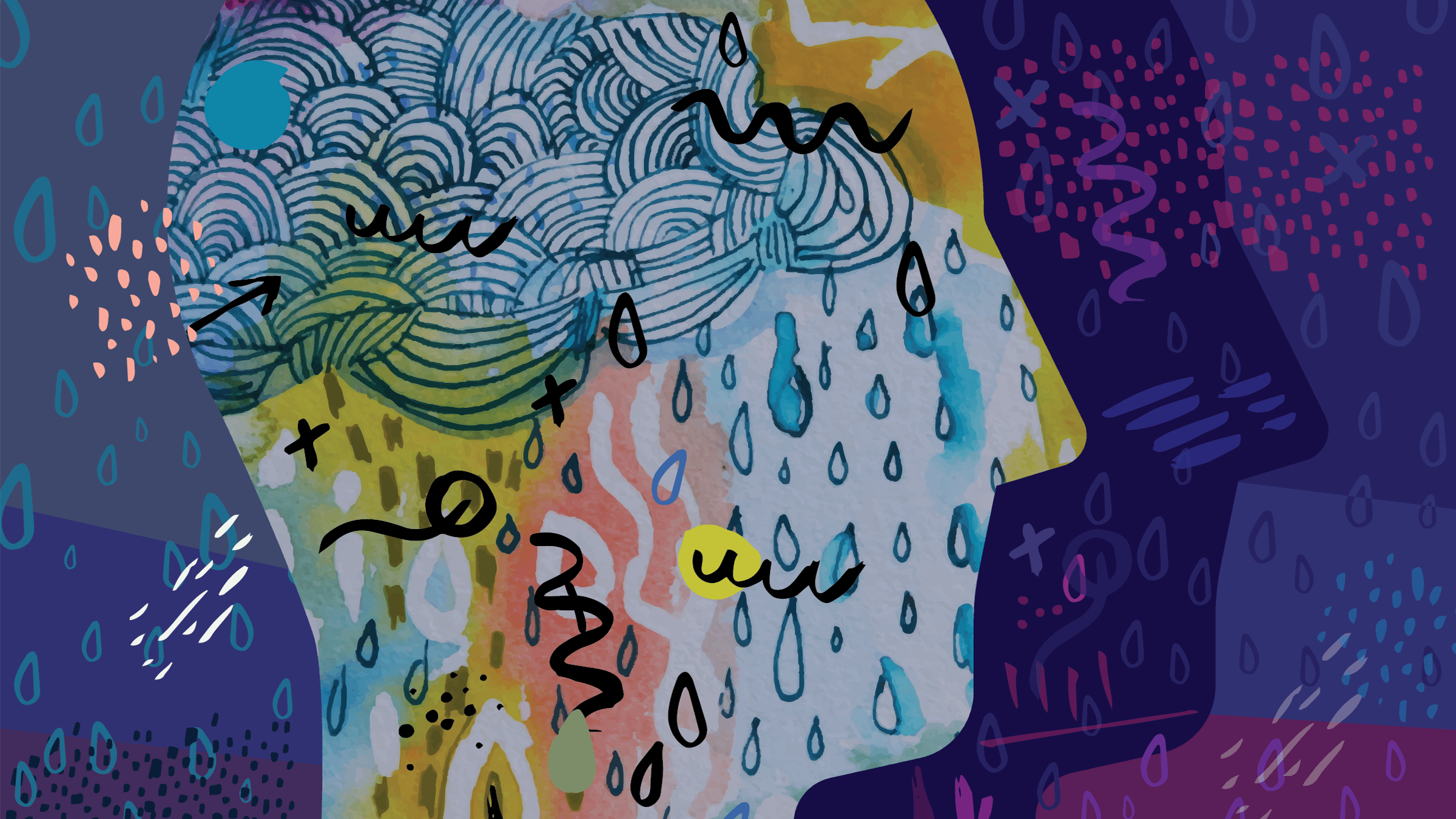In their 2020 book, economists Anne Case and Angus Deaton put forth a sweeping and tragic story about why deaths by suicide, drug use, and alcohol abuse, called “deaths of despair,” more than tripled between 1992 and 2017 among middle-aged White Americans without a bachelor’s degree. As these workers lost stable, well-paying jobs, Case and Deaton argue, they also lost their place in American society—their source of status and self-respect. Adults who expected to reach middle age with growing families, increasing seniority at work, and community stature felt abandoned. They turned to drugs, alcohol, and suicide. Death rates spiked.

Case and Deaton’s explanation hinges on a precipitous change in the economic life of some White Americans; a swing from prosperity in the mid-20th century to stagnation, poverty, and dissolution of family life today. But economic opportunities have been comparatively rare for other populations, like Native Americans, for as long as we can measure. How does Native American economic life fit into the narrative that links a loss of stature to deaths of despair? And can this narrative realistically guide policies to address Native American deaths of despair?
New evidence on deaths of despair among Native Americans yields more questions than answers. In an Institute working paper, visiting scholar Marina Mileo Gorzig with co-authors Randall Akee, Donn Feir, and Samuel Myers Jr. show that among people without a college degree, Native Americans were two to four times more likely than White people to have died from drugs, alcohol, or suicide. But puzzlingly—and in contrast to White death rates—Native American deaths from these causes did not rise in counties where the economy worsened.
The national picture
Measuring death rates is not as easy as it seems. Solid data on national and state death rates go back decades, but more granular information about who died, and where and why they died, is not so readily available. To protect privacy, the Center for Disease Control only reports death totals for localities and causes for which there were are least 10 deaths. This makes it especially hard to learn about deaths for racial groups in small areas, like reservations, and from specific causes, like drug use, alcohol abuse, or suicide. Coroners and medical examiners also fill out race and ethnicity information on death certificates, and comparisons with self-reported census data suggest that the coroners often get it wrong.
Thus, the authors first had to tease out accurate measures of deaths of despair for misclassified populations that tend to live in sparsely populated areas. To do so they used data from every death certificate from 2005–17, combed through the detailed cause-of-death codes, and adjusted for the likelihood that officials misclassified Native American decedents as some other race. They measured deaths of despair as the share of deaths attributable to drugs, alcohol, or suicide.
The results, shown in the figure below, reveal that Native Americans without a college degree suffer from deaths of despair more than twice as often as similarly educated White people (14.5 percent of deaths versus 6.3 percent of deaths). For Native American adults, deaths of despair were outnumbered only by deaths from heart disease from 2005–17. In addition, deaths of despair occur earlier for Native Americans. In particular, suicides peak in the late teens and 20s—when people would otherwise be investing in themselves, starting careers, or forming families—rather than the 50s and 60s, the ages when suicides peak among White Americans.
Source: Multiple Cause-of-Death Mortality Data from the National Vital Statistics System of the National Center for Health Statistics.
These are shocking numbers, and they show that substance abuse and suicide are an enormous public health concern among Native Americans.
Is it the economy?
These patterns also fit the broad outlines of Case and Deaton’s theory. “It’s important to think about the long term,” Case said in a 2020 interview, emphasizing that a lack of hope for a stable economic and social life creates despair, which can lead to destructive behaviors that sometimes lead to death. This view connects long-standing disparities in economic outcomes between Native Americans and White Americans to the large gaps in deaths of despair that the Institute working paper documents.
The trend over time lines up with broader economic changes, too. Between 2005 and 2019, when deaths of despair were growing, median earnings for both Native American and White people fell by about 4 percent for those without a college degree.
To look more directly at the role of economic circumstances, the study authors zoom in on deaths of despair in places with stronger versus weaker labor markets. While one might expect both Native Americans and White people to become better off when there are more employment opportunities, thus reducing deaths of despair, the results reveal a more complex set of facts.
Across four measures of county-level labor market conditions, the authors find that White deaths of despair tend to fall when employment prospects improve. Native American deaths of despair, on the other hand, do not to change very much when local labor markets expand or contract.
Why is that? The answer is that for Native American adults, the different types of deaths of despair follow different patterns when economic conditions improve or worsen. Drug deaths rise in a strong labor market, perhaps because people have more resources or because a swelling population invites an expanded drug supply. Suicides, by contrast, tend to fall when employment expands, while deaths from alcohol abuse are not related to local economic conditions. “Local economic activity is going to have different effects for different populations,” said Donn Feir, an affiliate with the Minneapolis Fed’s Center for Indian Country Development, “and policymakers need to be cognizant about the potentially disparate impacts by both racialization and gender.”
Elusive explanations
One avenue for learning more about links between the economy and deaths of despair is to use better measures of Native American economic conditions. “We don’t actually look at Native American employment rates,” Feir pointed out. “We’re looking at local general economic conditions,” which include many non-Native people. In fact, Indigenous communities experienced unique economic fluctuations in the last 20 years. “There’s actually been an explosion of hope and opportunity for many nations during this time period,” Feir noted. Some nations grew in population and in economic activities in the 1990s and 2000s, then stalled, partly because of plateauing casino revenue. Native American deaths of despair may be more closely related to these economic changes than to more aggregated conditions.
For Native American women especially, the authors posit that deaths of despair may be connected to a crisis of violence and human trafficking among Indigenous populations. If transitory workers who flock to booming rural areas with large Native American populations—such as the Bakken oil field in North Dakota—increase demand for sex work, “anecdotal evidence from activists and others is that [this] can result in worse health outcomes for Indigenous women,” said Feir, either directly or because of ensuing trauma. Thus, deaths of despair for Native American women and girls may be connected to the crisis of missing and murdered Indigenous women and girls, which has itself been the subject of recent policy advocacy in the U.S. and Canada.
Understanding the broader relationships between Native American deaths of despair and economic conditions can also help policymakers address this issue. For example, if an increase in drug availability is indeed a cyclical driver of these deaths, then policies that reduce drug abuse or its consequences may be especially beneficial during good times and may allow Native communities to experience reduced suicides without an increase in overdoses.
Finally, the study authors show that Case and Deaton’s proposed link between economic deprivation to deaths of despair is a starting point, not an endpoint. This paper’s national-level findings are broadly consistent with that view. Native Americans do face more economic disadvantage, have consistently reported higher rates of psychological distress, and suffer much more from deaths of despair than White Americans today. But the different short-run relationships between deaths of despair and economic conditions for Native American and White people suggest that other factors must be at play. Understanding these factors holds promise for saving lives.







